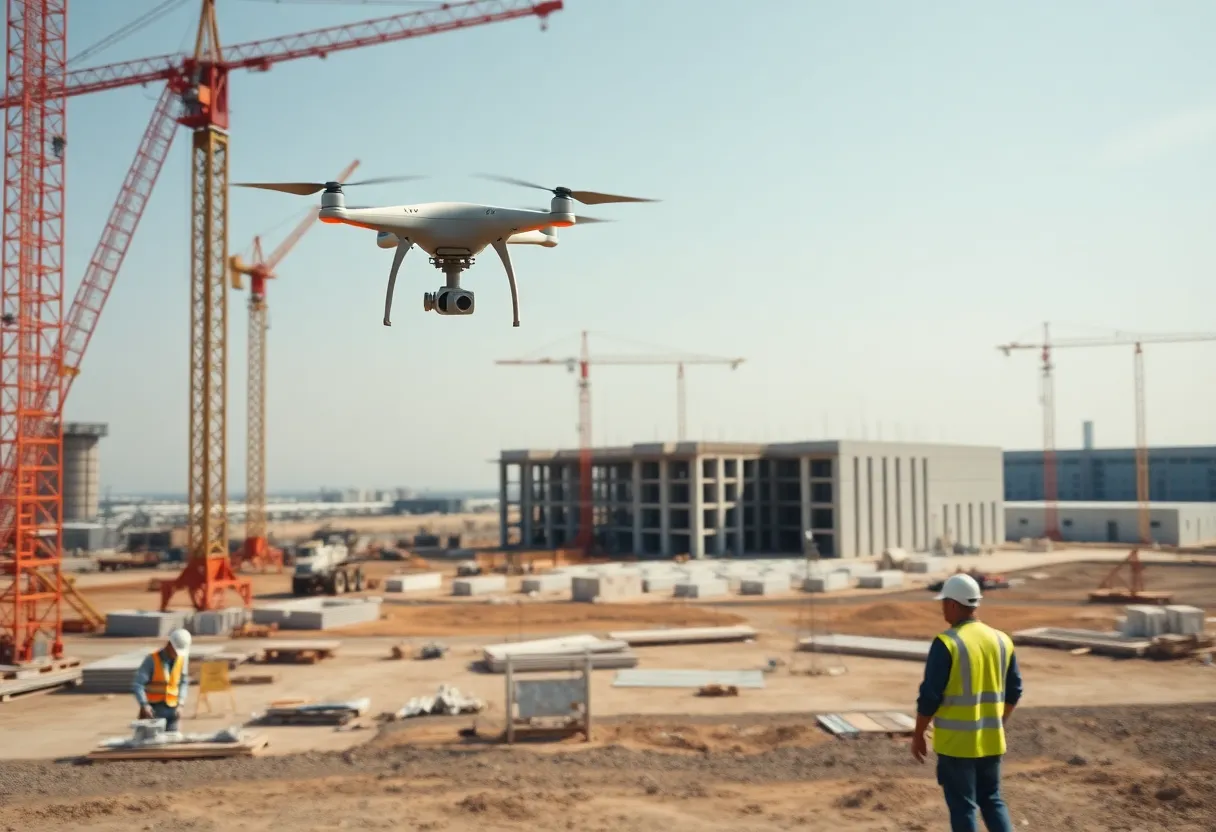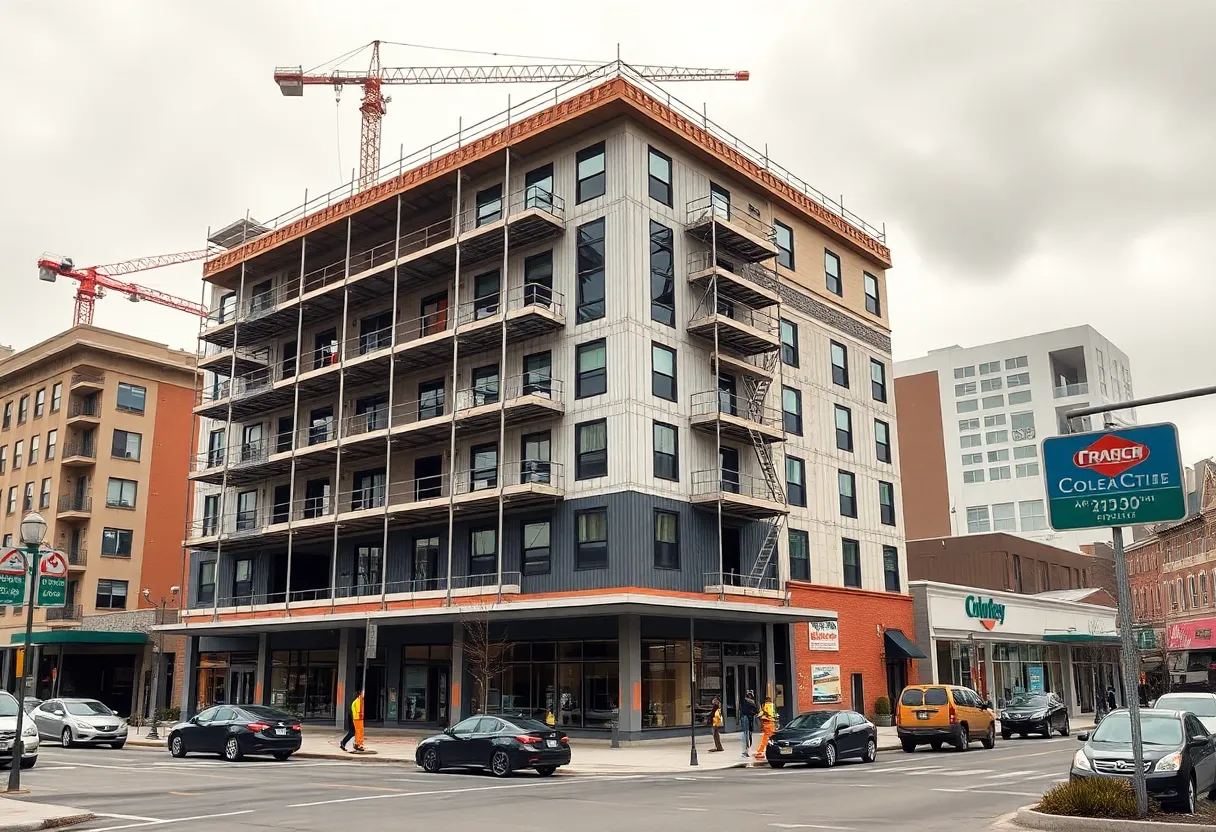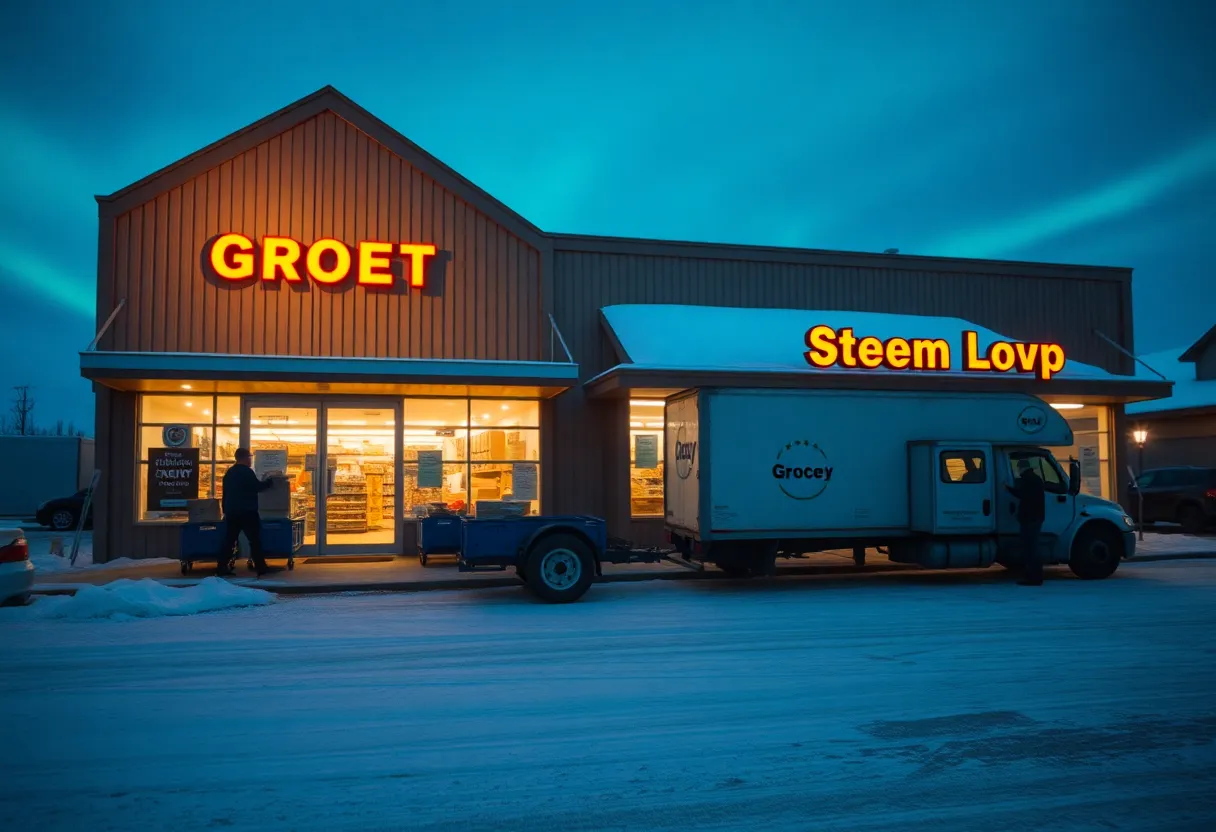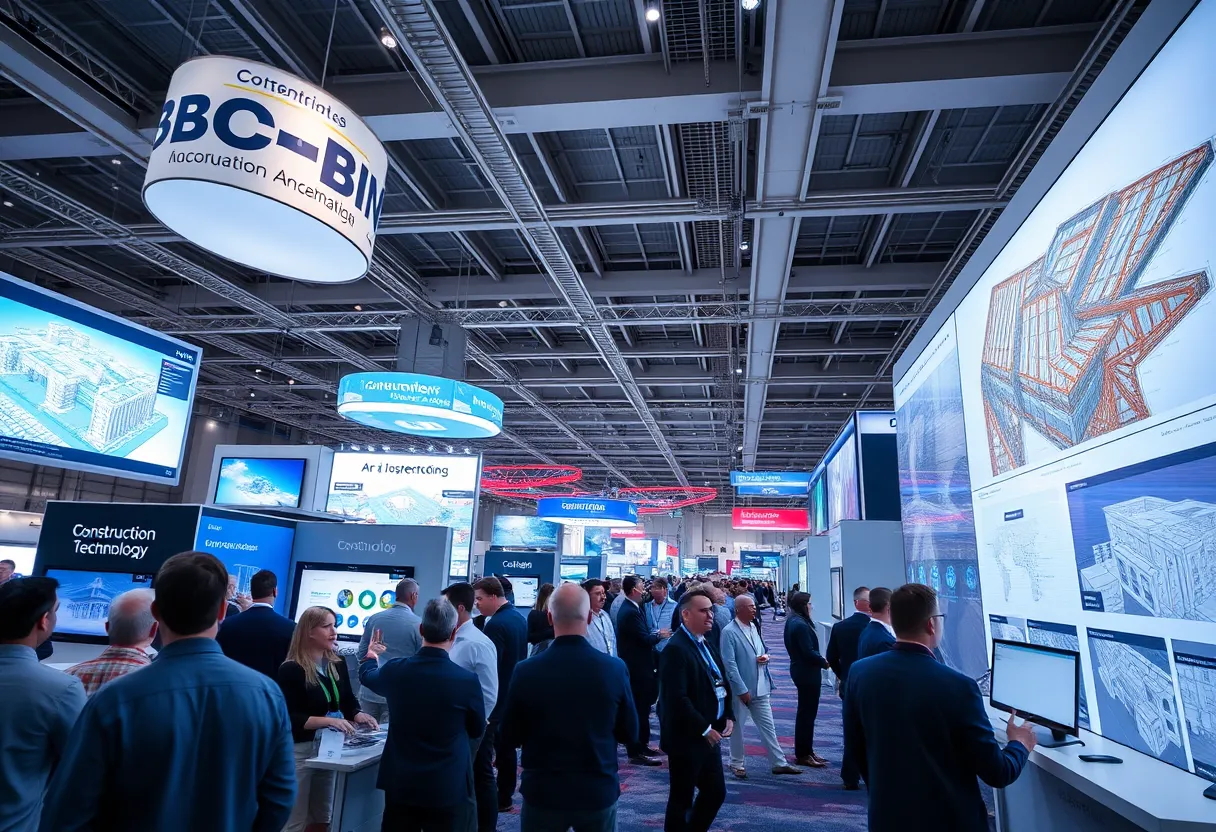Boise, Idaho, September 6, 2025
News Summary
The construction sector is moving from pilots to routine use of advanced tools as drones, large-scale 3D printing and data‑center builds reshape jobsites. Drones and AI deliver georeferenced models, thermal inspections and automated volumetrics for progress tracking and safety. Gantry and robotic 3D printers cut stages, reduce waste and speed low‑rise and repeatable projects. Meanwhile, resilient data center construction demands tighter sequencing, redundant utilities and specialized MEP work. A major $15 billion semiconductor expansion in Boise, Idaho exemplifies how industrial-scale projects accelerate demand for technology, skilled crews and integrated site infrastructure.
Construction Tech Accelerates with Drones, 3D Printing, and Data-Center Builds
Dateline Boise, Idaho — September 5, 2025. The construction industry is rapidly adopting new technologies to boost on-site efficiency, safety, and compliance. Three transformative developments emerge at the forefront: drone-enabled site monitoring, 3D printing for structural builds, and a strategic focus on data center construction. Drones and AI, once experimental, are now central to daily operations on construction job sites worldwide, empowering better planning, faster approvals, and clearer communication with stakeholders.
Across the industry, rising project complexity and tighter timelines are pushing firms to test and integrate advanced technologies. The goal is to enhance efficiency, reduce costs, and ensure compliance with evolving standards. In this climate, drone imagery, 3D-printed components, and data-centric workflows are becoming the norm rather than the exception, with economic and logistical benefits cascading through pre-construction, procurement, execution, and closeout phases.
Drones: from novelty to daily tool
Drones are now a mainstay for high-resolution imagery, mapping, analysis, and real-time visual intelligence on projects around the world. When integrated with specialized software and platforms, drone data informs decisions from pre-construction through to project closeout. Aerial imagery helps with marketing and stakeholder updates by offering high-quality overviews of job sites, and, when combined with professional photos from image libraries, can broaden outreach and support marketing efforts. Drone footage tracking project phases—from clearing to topping-off—makes progress more transparent and builds confidence in delivery timelines.
Construction managers use unmanned aerial vehicles (UAVs) to monitor daily or weekly progress and compare captured data with digital models to spot delays and critical issues. Advanced drones and software can convert captured data into georeferenced site models for measurements, volume calculations, and distance analyses. AI-powered drones can perform cut-and-fill analysis, stockpile monitoring, and structural alignment checks, reducing the need for frequent on-site visits. Drone-collected data also supports faster approvals in owner-architect-contractor meetings and can aid in remote inspections of façades, scaffolding, roofing, or deep excavations, reducing risk exposure.
Infrared-equipped drones identify thermal anomalies in MEP systems and reveal structural weaknesses not visible during a manual walkthrough. Real-time remote monitoring of high-risk zones—tower cranes, temporary shoring, and demolition sites—adds another layer of safety. Drones also enable data storage and presentation for internal audits, investigations, or regulatory compliance. Several state programs have adopted drone-based workflows to document construction progress and verify that on-site conditions align with plans and agreements. Overall, drone use is expanding in both rural and urban settings, with some states centralizing operations in aviation offices while others leave programs distributed across departments. DJI remains a common platform for many DOTs, though agencies are exploring alternatives on federal “blue list” guidelines and considering LiDAR-enabled payloads for added precision.
Industry players such as Volatus Aerospace, a turnkey provider focusing on civil engineering applications, emphasize the pivotal role of LiDAR in conjunction with drone data. For example, pre-construction surveying, contours, and 3D viewpoints are delivered to project managers to guide decisions, while autonomous data collection supports ongoing progress tracking. In some states, pilot programs and procurement transitions are underway as agencies balance capability, price, and regulatory compliance.
3D printing: speeding up construction and expanding capacity
Growing demand for affordable, durable buildings has pushed builders to test 3D printing as a viable construction method. The 3D construction printing market was valued at $37 million in 2023 and is projected to grow at roughly 100% annually, potentially reaching over $20 billion by 2032. Adoption is accelerating particularly for low-rise buildings and prefabricated components. Large-scale gantry systems or robotic arms extrude concrete or geopolymer materials directly from digital models, enabling walls, cores, and facades with less formwork and faster production than traditional methods.
3D-printed structures can be fabricated in days and typically require fewer construction stages, reducing formwork, framing, and manual finishing. The technology enables complex shapes without additional tooling and uses optimized material flow to minimize waste and streamline logistics. Beyond housing, 3D printing is being explored for repetitive-layout projects such as schools, hospitals, and emergency shelters, offering prospects for rapid deployment in areas facing labor shortages, disaster risk, or conflict. The trend aligns with broader goals of lean procurement and just-in-time manufacturing, ensuring that material use is tightly controlled and waste is minimized.
Data-center construction: resilience and scale
Data center development remains one of the most active sectors in commercial construction. Modern facilities demand uninterrupted uptime, concurrent maintainability, and fault-tolerant systems, driving new design and build strategies. Resilience measures include diversified bandwidth with secure optical fiber plus satellite connections, layered perimeter security, diesel generators for extended autonomous operation, and solar power integration for added safety. Site selection factors emphasize fiber connectivity, energy availability, safety, and favorable tax incentives. AI and cloud-service companies are investing heavily in next-generation data-center construction, with major deployments across multiple states and regions.
Examples cited in regional programs include plans to build large campuses and new facilities that will operate in tandem with nearby sites—such as a Boise expansion adjacent to a new operation in another state—highlighting the geographic scale of modern data-center builds. These projects typically involve thousands of workers, extensive on-site infrastructure, and coordinated schedules to ensure uptime and continuous operation during construction. As data demands grow, developers emphasize modular design, scalable power and cooling solutions, and robust permitting processes to meet aggressive timelines without sacrificing reliability.
Micron expansion in Boise: a flagship project
In Boise, Idaho, Micron Technology began a $15 billion expansion to enlarge fabrication (fab) and research-and-development space, described as the largest-ever construction project in the state. The Boise project will utilize about 8,000 tons of steel to build 15 new buildings and will be supported by a large office building, a 2,800-space parking garage, a water treatment plant, and additional infrastructure. At the time of reporting, there were already 11 cranes on site; at full pace the project could exceed 30 cranes. The expansion is expected to be supported by as many as 4,000 construction workers and will include three on-site concrete batch plants and a rock-crushing operation. The project underscores how industrial-scale corporate investments are shaping regional construction markets and driving demand for advanced project-management tools, skilled labor, and integrated infrastructure planning.
Boise-area reporting notes some cross-pollination of lessons from other major tech builds, with a nod to nearby expansions and the role of digital workflows in coordinating complex multi-building campuses. The Micron project also foreshadows close alignment with anticipated demand for AI-related chips and memory products, reinforcing the links between cutting-edge manufacturing and the construction methods that support it. The project represents a benchmark in Idaho’s construction history and illustrates how data-driven, tech-forward approaches are redefining site operations, scheduling, and safety practices on some of the largest builds in the western United States.
State and contractor perspectives
Across states, DOTs report widespread use of drone technology as a core element of daily operations during construction season. The most common DOT use remains road construction tasks such as road widening, repair, and rerouting, along with volume/stockpile tracking and bridge or rail projects. Program structures vary: some states operate through a central aviation office, while others allow functional departments to run their own drone programs, and in at least one state pilots may own and fly drones on request. DJI platforms are prevalent across fleets, although some agencies are evaluating alternatives on the federally approved “blue” list and exploring LiDAR-equipped payloads for enhanced data capture.
Examples from the field include regional pilots and agencies that have reported thousands of flights per year, ongoing transitions away from legacy suppliers, and the use of drone imagery in community-facing visualizations. In practice, drone data is often paired with GIS and analytics tools to support grade, asphalt load planning, and e-ticketing for crews. Various contractors and service providers—such as Volatus and others—offer turnkey surveying, 3D views, and geospatial metadata to help managers track progress and manage risk. The trend lines point to an industry increasingly comfortable with remote inspection, data-driven decision-making, and a broader ecosystem of software, hardware, and services that support faster, safer, and more transparent construction delivery.
The convergence of drones, 3D printing, and data-center construction is reshaping the expectations for project performance. Together, these technologies boost flexibility, enable more accurate forecasting, and raise standards for quality, safety, and comfort on job sites nationwide. The result is a construction sector positioned to deliver more complex projects on tighter timelines while expanding the reach of large-scale, high-tech builds from Boise to beyond.
FAQ
Q: What are the three transformative developments highlighted in the article?
A: Drone-enabled site monitoring, 3D printing for structural builds, and data center construction.
Q: What is notable about Micron’s Boise expansion?
A: It is a $15 billion project featuring 15 new buildings, 8,000 tons of steel, a large office building, a 2,800-space parking garage, a water treatment plant, and up to 4,000 workers.
Q: How are drones used in DOT projects?
A: For high-resolution imagery, mapping, progress tracking, stockpile and volume analysis, safety monitoring, and aiding regulatory and stakeholder communications.
Q: What advantages does 3D printing offer in construction?
A: Faster fabrication of walls and structural elements, reduced formwork and labor, near-elimination of waste, and applicability to housing and repetitive-layout projects.
Q: What challenges exist for DOT drone programs?
A: Regulatory constraints around drone manufacturers, transitioning fleets away from certain suppliers, and maintaining capabilities with federally approved hardware and software.
Key features at a glance
| Technology | Current Adoption | Primary Use/Benefit | Representative Examples |
|---|---|---|---|
| Drones and AI analytics | Widespread across state DOTs; DJI is common; LiDAR payloads expanding | High-res site imagery, mapping, progress tracking, safety monitoring, AR overlays | Road construction, bridge work, rail projects; pre-construction surveying |
| 3D Construction Printing | Growing adoption with strong market growth projections | Speeds up wall/core/facade fabrication; reduces formwork and waste | Low-rise and repetitive-layout buildings; housing, schools, shelters |
| Data-center construction | Active sector with emphasis on uptime, maintainability, and resilience | Modular design, robust power and cooling, diversified connectivity | Major hyperscaler builds and campus expansions |
| Remote inspection and AR | Common practice in safety-critical environments | Remote verification, under-structure assessments, underground utilities overlays | Facade, scaffolding, deep excavations |
Deeper Dive: News & Info About This Topic
Additional Resources
- Inside Unmanned Systems: Construction Drones for DOTs
- Wikipedia: Unmanned aerial vehicle
- BoiseDev: Micron Boise construction
- Google Search: Micron Boise construction
- Commercial UAV News: Mark L. Bathrick
- Google Scholar: construction drones
- Morning Ag Clips: Latest construction tech news
- Encyclopedia Britannica: construction technology
- LITE Online: See Boise through spectacular drone shots
- Google News: Boise drone construction





